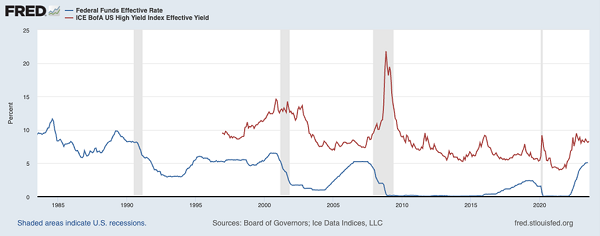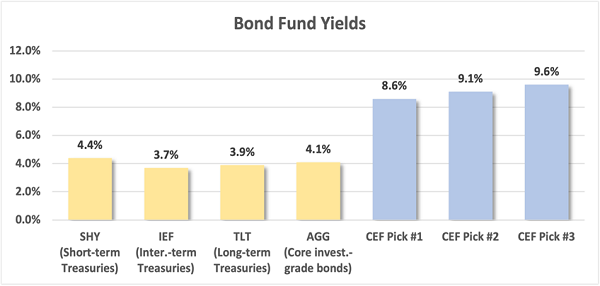Here’s where I see stocks now: Yes, we’ve got some legitimate concerns as some economic warning signs appear—and run up against the tech-driven optimism that’s powered stocks to lofty heights.
The result? Volatility.
So today we’re going to look at a couple quick moves we can make to both protect ourselves and tap into the bargain income opportunities—including a 10.6%-paying closed-end fund (CEF)—that times like this always turn up.
For that, we’re really talking about two things.
First up, we’re going to add income plays beyond stocks. Specifically, we’re going to look at corporate bond–focused CEFs, many of which are paying double-digit yields and are poised to tack on serious price gains as the economy slows.… Read more



Recent Comments